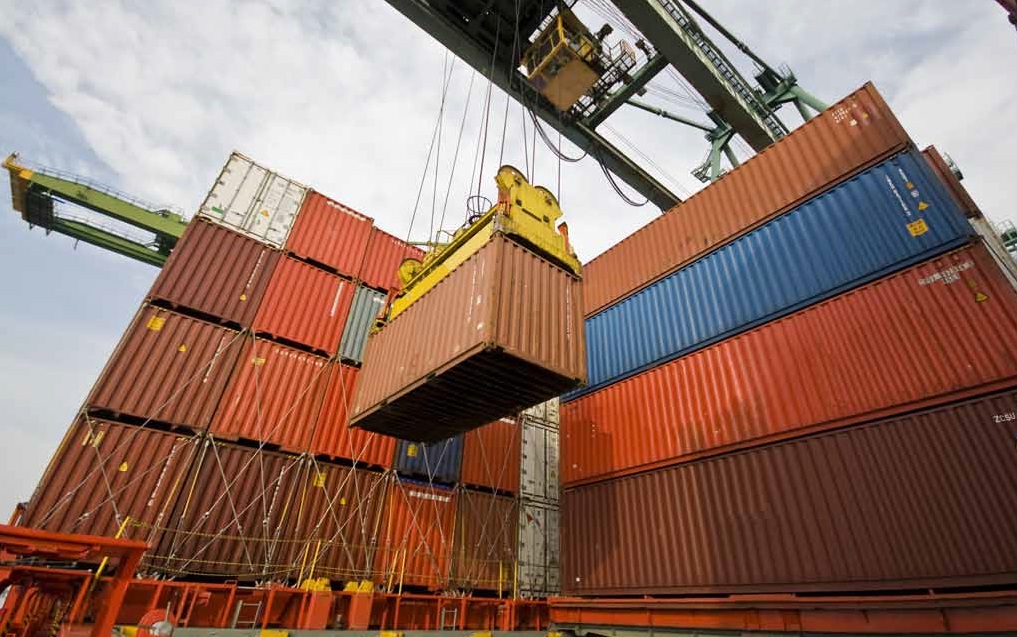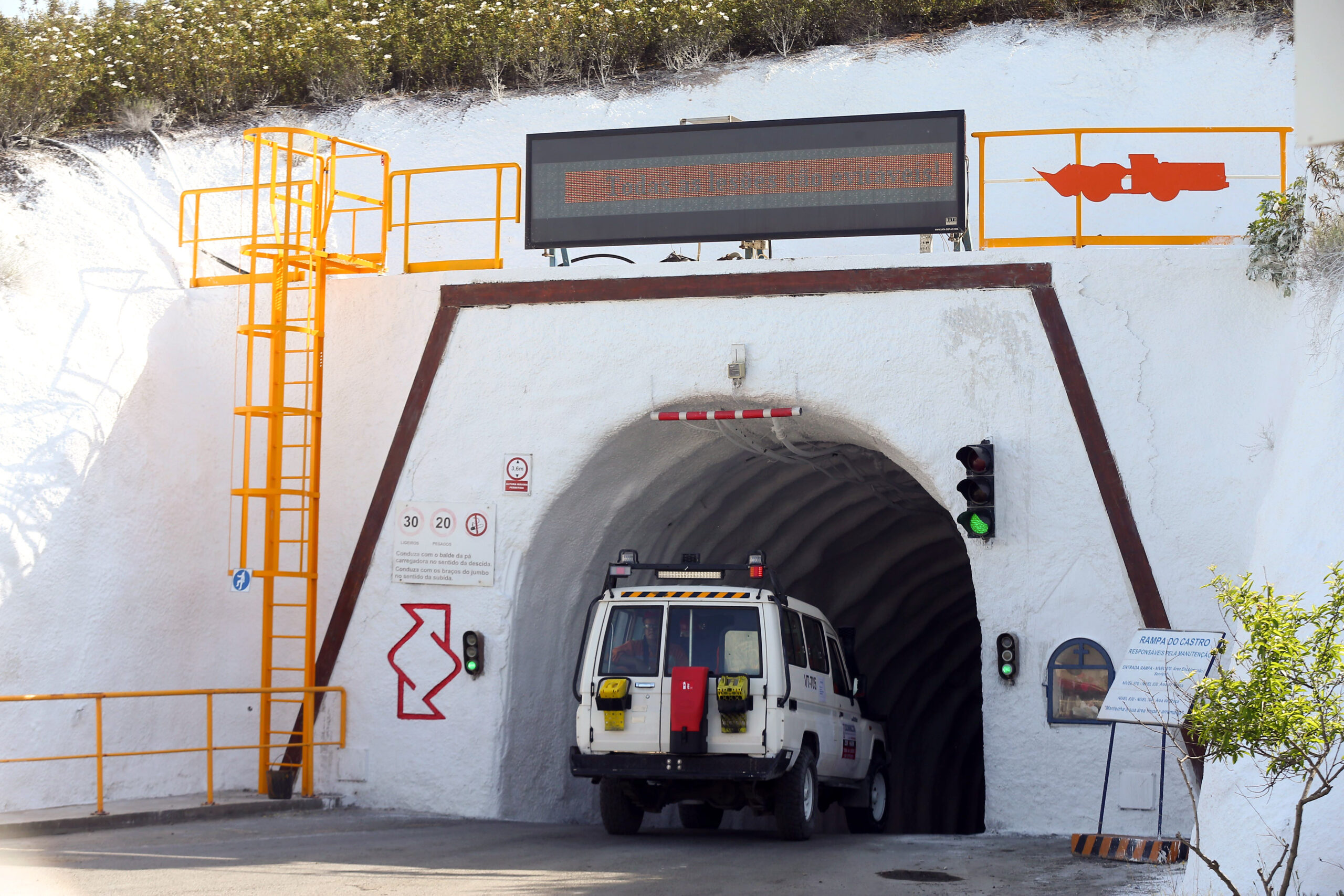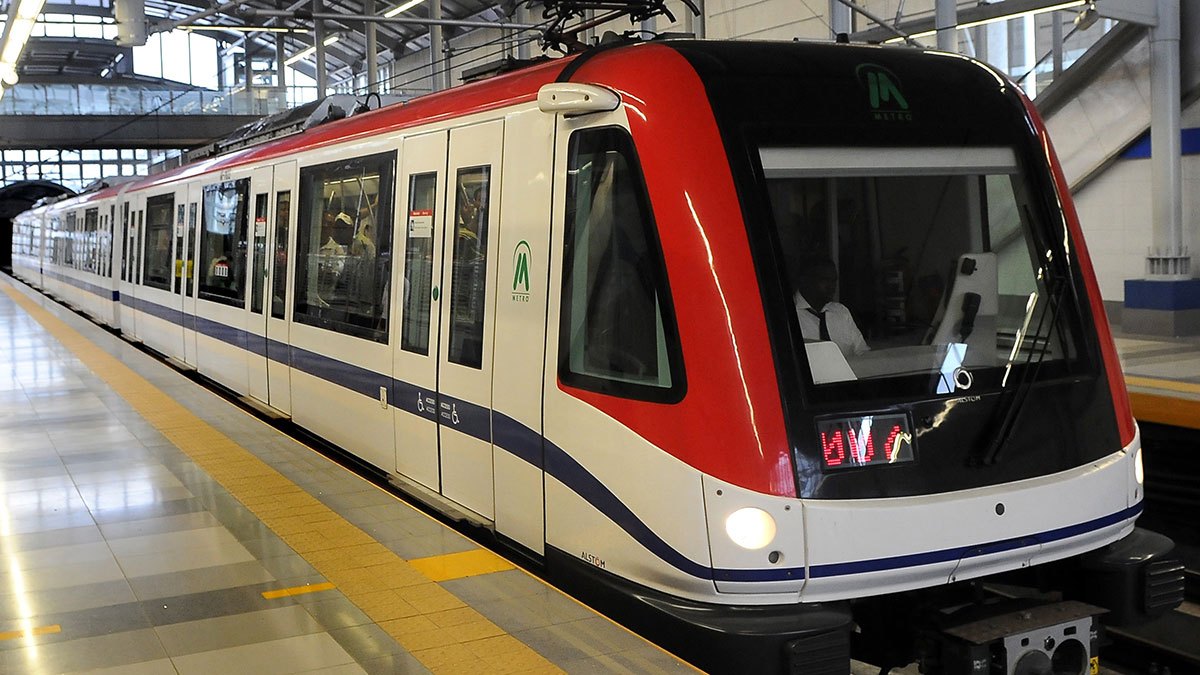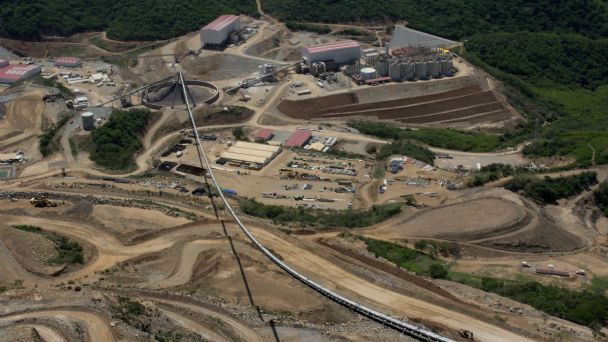
The Port of Beira, Mozambique, is playing a major role in the nation’s economic growth by delivering a cost-effective service for the region’s land-locked states.
Occupying over 1,300 miles of the eastern coast of southern Africa, Mozambique is a strategically significant transport corridor for land-locked Zimbabwe, Zambia, Malawi, DRC and of course, Mozambique itself.Over the past 15 years, the Port of Beira, which has strong infrastructure links with these hinterland countries, has been undergoing significant expansion and investment and attracting increasing volumes of trade. Today, it is making a major contribution to the economic growth of the region.
The period of investment began in October 1998 when Mozambique started with new reforms (oriented by the World Bank and the IMF)to place the ports under private management and stimulate growth; and the government handed the management of the Port of Beira to Cornelder de Mozambique (CdM). A joint venture 67 per cent owned by Rotterdam-based Cornelder Holding and 33 per cent owned by the government entity Mozambique Ports and Railway (CFM), CdM has steered the port through a period of infrastructure and commercial development and plans to accelerate that growth to support trade and industry in the region.
“We took over on 15 October 1998 with a 25-year concession and a further 15-year extension if we achieved our obligations within the first 15 years,” explains sales and marketing manager Félix Machado. The obligations were far-reaching and included investing in equipment and infrastructure, cutting costs, and improving efficiency and productivity. The port was required to improve its safety and security, facilitate local and regional trade and growth, and protect the environment. “And we have achieved all of those. Today, we are locally and regionally competitive and make a major contribution towards the growth of the economy. We are efficient and cost effective and have captured a major share of the import and export market.”
The Port of Beira operates within its original 12-berth footprint. The port comprises a container terminal and general cargo (operated by CdM), fuel terminal, coal terminal, grain terminal and quay number one reserved as a fishing harbour. The container terminal handles a variety of products including tobacco, soft timber, ferrochrome, logs and cotton, and the general cargo terminal handles fertiliser, wheat, clinker for cement, sugar, maize and coal. Today, 60 per cent of throughput is in imports and 40 per cent is in goods for export.
The condition of the road network along the Beira Corridor is generally good to excellent; however, there are some sections which are in poor condition or have severe speed restrictions, for various reasons. Beira is the central hub of the Beira Railroad Company, the country’s longest established railway system. The Machipanda Line extends to Harare in Zimbabwe, creating a cost effective route to port for all the land-locked central southern African states. The Sena Line links the port to the lucrative and nationally important coal mining province of Tete, providing a low cost export route for companies such as Vale and Riversdale Mining. A considerable amount of work has recently been done on the Sena Line, which reopened recently. The Machipanda Line, meanwhile, is to undergo further improvements.
In spite of the obvious commercial benefits of this accessible and cost effective import and export route, attracting hinterland trade to the port has not been easy.
“One of the big challenges we have had to face is a long-standing negative perception of safety and security at the port,” Machado says. Security was one of the first issues to be tackled from the beginning by CdM as part of its investment plan; however changing the negative perception and convincing possible customers of the economic benefits of using Beira was an uphill task. “People were very resistant to change,” he continues. “To overcome this reluctance we made a strategic decision to offer lower import rates, increase the free period of any commodity coming from the hinterland countries, and generate availability of empty trucks in all those countries to attract the exports.”
Gradually, habits have been changing, and the Malawi tobacco industry is an excellent example of the success of these policies. In 1998, Beira handled just 10 per cent of the trade; today, it accounts for 60 to 70 per cent.
On the sea side, the port is accessed via the Mancuti Channel, which was dredged between 2010 and July 2011. The port can now receive deepwater vessels. As a result of the positive market-oriented philosophy of CdM, container traffic in 2011 has risen from 105,000 to 160,000 TEUs, an increase of 50 per cent. General cargo throughput has also grown by around 40 per cent, from 1.2 million tonnes to 1.9 million tonnes, in the same period.
The vision for the future of the port is ambitious. A number of critical expansion projects are currently underway and more are planned for the future. Construction work is in progress at the container terminal, and this will increase container storage capacity from 6,400 TEUs to 11,400 TEUs. At the general cargo terminal, the final touches are being made to a dedicated tobacco storage facility. Both projects should become operational by August this year. “We are also putting in a new dedicated container gate, to separate the access routes for container and general cargo traffic and to facilitate the flow of trucks,” Machado says.
In the medium term, plans are in hand to double the storage capacity at the grain terminal from 30,000 tonnes to 60,000 tonnes, and to construct a dedicated fertiliser terminal to improve the efficiency and capacity of the operation. The aim is to improve vessel turnaround time and triple or even quadruple offloading capacity from the current 2,000 tonnes a day to 8,000 tonnes. If all goes according to plan, construction will begin this year.
Looking to the future, the company is examining the viability of building new dedicated terminals to improve the efficiency of mineral, sugar and car handling. Meanwhile, it’s also addressing longer term capacity planning. “The container terminal was originally designed for 100,000 TEUs, and with all the improvements we’re making it should have a capacity of 400,000 by 2015. We believe we can continue to operate the container side of the business for the next 15 to 20 years with the quays we have. The general cargo terminal, however, is likely to come under pressure,” Machado explains. “So our plan is to construct a further 300 to 600 metres of quays with a draft of 12 to 13.5 metres for general cargo, and together with CFM (the landlord), we’re currently engaged in the feasibility studies for this project.”
Since achieving political stability in the mid 1990s when the current spate of economic reform began, Mozambique has enjoyed continuous growth, strongly supported by the Port of Beira. And the figures amply illustrate this. In 1998 just 15 per cent of total traffic through the port was generated by Mozambique. Today, it accounts for 54 per cent of the traffic, Malawi for 22 per cent, Zimbabwe 15 per cent and Zambia eight per cent. With the region’s economic growth set to continue, the Port of Beira is well placed to provide a cost effective and efficient import and export route for future trade.
Written by Gay Sutton; research by Abi Abagun
DOWNLOAD
 PortofBeira-EMEA-July12-Bro-s.pdf
PortofBeira-EMEA-July12-Bro-s.pdf













